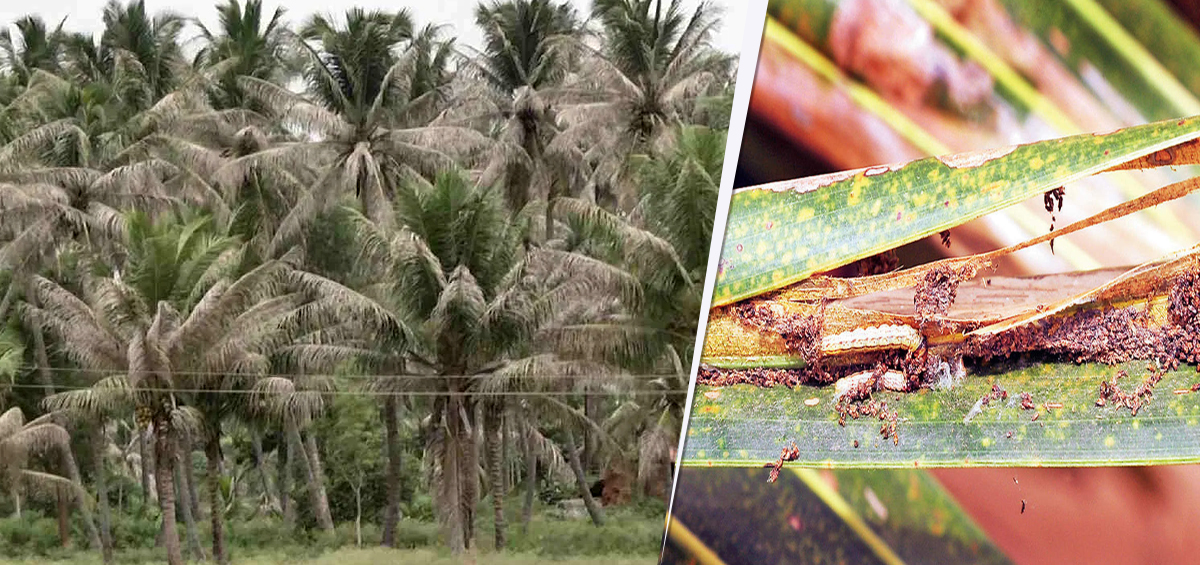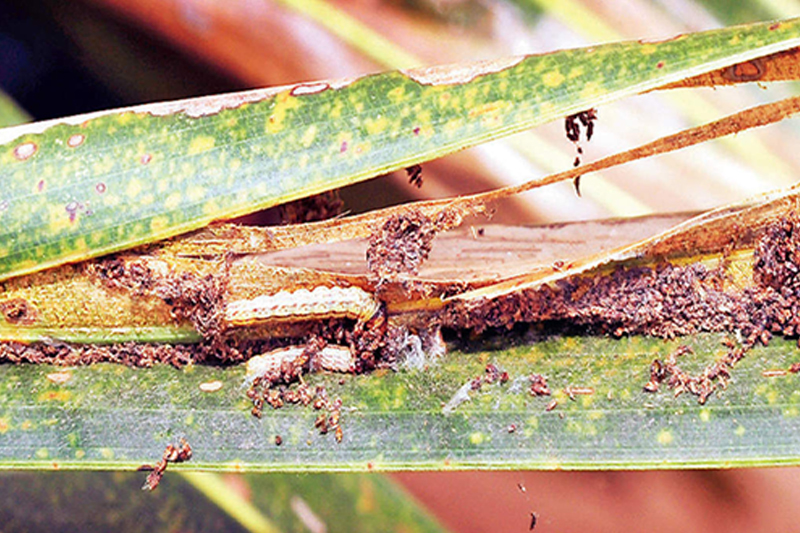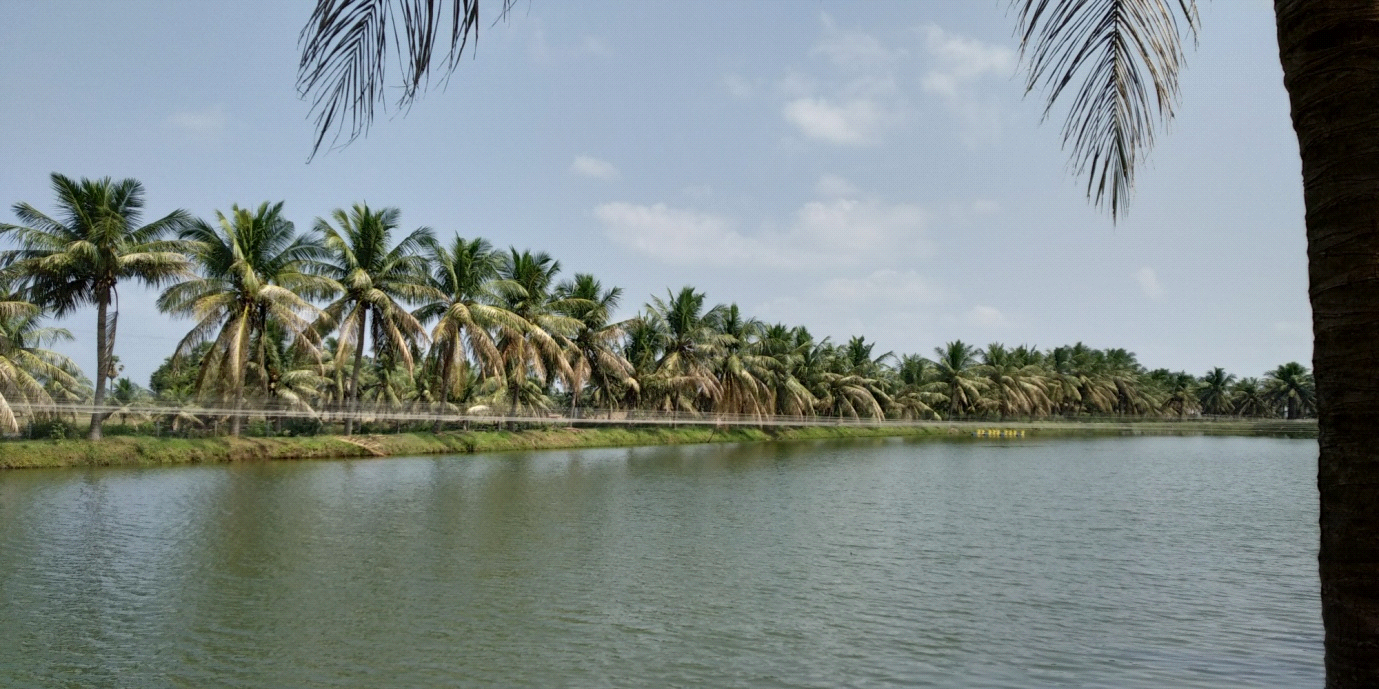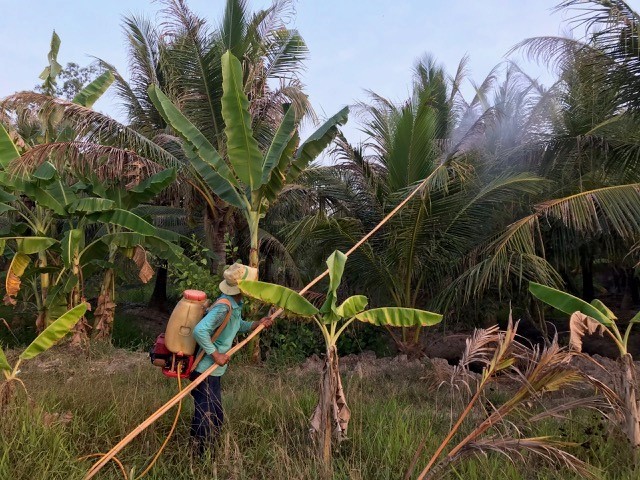The coconut is the edible fruit derived from the coconut palm, scientifically known as Cocos nucifera. This versatile fruit is not only enjoyed for its taste but also valued for its nutritional content and various uses, including culinary applications, cosmetic products, and health supplements.

Globally, the top five countries leading in coconut production include Indonesia, the Philippines, India, Sri Lanka, and Brazil. Among these, India stands out as the largest producer, contributing a significant 31.45% of the world's total coconut production. In the agricultural year 2021-2022, India produced approximately 19,247 million coconuts, which translated into a substantial economic contribution of around Rs. 307,498 million (equivalent to US$ 3.88 billion) to the nation's GDP.
In India, coconut cultivation is predominantly concentrated in the coastal regions of Malabar and Coromandel, with Kerala, Karnataka, and Tamil Nadu being the primary growing states.
Karnataka, in particular, is noteworthy for its coconut production. The state generates 44083 lakh coconuts from an area of 443384 hectares, with Tumkur district leading in production volume. Following Tumkur, the districts of Hassan and Chitradurga also play significant roles in coconut cultivation. Karnataka boasts impressive productivity rates, achieving an average of 6.26 tonnes of coconuts per hectare, making it a key player in the Indian coconut industry.
However, the production of coconuts faces challenges, particularly from pests. One of the most significant threats to coconut palms is the leaf-eating black-headed caterpillar, known scientifically as Opisina arenosella. This pest can lead to considerable yield loss, adversely affecting farmers’ income and the overall supply of coconuts. Effective pest management strategies are essential to mitigate these risks and ensure sustainable coconut production in the region.
The greyish-white small moth lays approximately 130 eggs in groups on leaves. The caterpillars hatch from the eggs in about five days. These caterpillars are greenish brown with a dark brown head and prothorax, along with a reddish mesothorax. The caterpillar larvae create silk-covered feeding galleries where they consume the leaf lamina of palms, leading to a reduction in the photosynthetic area of the affected plants. Extensive feeding damage can result in defoliation and even the death of entire palm trees.
While the adult moths exhibit strong flight abilities and have great dispersal potential, their larvae remain exclusively within palm fronds, palm leaves, and young fruits. In severe cases, entire plantations may appear burnt due to the drying of the leaves. In several impacted countries, large coconut plantations were devastated following the arrival of O. arenosella. During severe outbreaks, the attacked leaves may droop, the bunches can buckle, and immature nuts are shed heavily; in extreme cases, the caterpillars can also feed on the surface of green nuts. Though routine monitoring in invasion-prone areas is essential to effectively manage this pest, visual detection is compromised by the cryptic feeding habits of O. arenosella. BHC caterpillars tend to feed in the canopy of palm trees often at heights beyond 10 m, where they inhabit silk-lined, frass-covered feeding galleries. The tallness of coconut palm makes it difficult to detect the infestation in the early stages.
The larval period lasts about 40 days, after which the caterpillars pupate inside their webs, forming thin silken cocoons. About 12 days later, they emerge as adults, and the lifecycle continues. The life cycle is about 2-3 months.


The management of coconut black-headed pests poses a significant challenge, particularly due to the height of coconut trees, which makes control measures less effective. Therefore, early detection and an integrated approach are essential. Here are some strategies to consider:

Regular Monitoring- Frequent visits to the garden are important for the early detection of pest issues. Damaged leaves should be promptly pruned and disposed of to prevent further infestation.
Balanced Fertilization- Ensure that fertilizers are applied in a balanced manner, divided into several applications throughout the year to promote plant health.
Seasonal Leaf Management- During the early summer season, affected leaves should be cut and burned to eliminate potential pest hosts.
Chemical Control- In cases of heavy infestation, consider spraying with products like Super Yodha at a rate of 0.5 ml/L, or other effective insecticides like Raise, Lufenuron, Diflubenzuron, or Flubendiamide.
The use of a spray mixture of Minchu and Multineem can also yield positive results. Additionally, soil application of Neem has shown effectiveness in controlling pest populations.
Installing light traps can help monitor and reduce moth populations, as these pests are nocturnal.
Implementing these integrated measures can enhance the management of coconut black- headed pests and improve the overall health of coconut plantations.